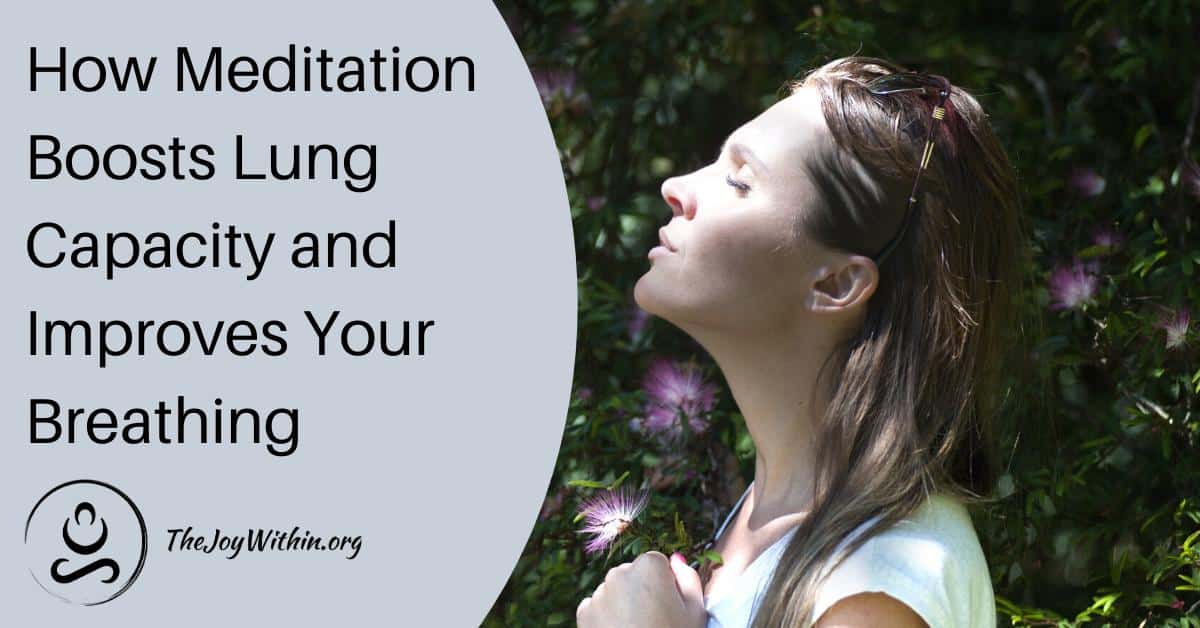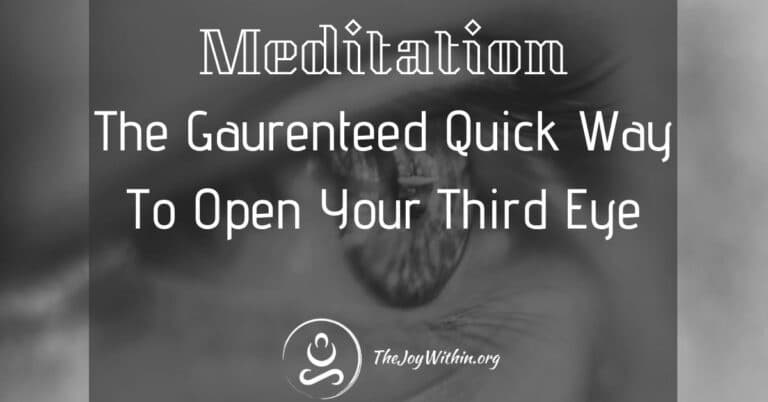With one of the main anchoring points of focus for meditation being the breath, it is no wonder it can have profound effects on boosting lung capacity and improving your overall breathing function. We will cover breath-centered meditation techniques and exactly how meditation can help you breathe better.
Benefits of Healthy Breathing
There are many things the body does not need to survive. The body can live without food for a couple of weeks and without water for 3 days, but the average human can not survive for more than 3 minutes without breathing.
Use this guided meditation to find stillness within your breath.
Our breath capacity and function is a foundation that affects the rest of our health. The breath carries oxygen to our muscles and removes carbon dioxide from the body which is a waste product of using energy.
When we have a larger breath capacity we can lower our respiratory rate more easily which then reduces blood pressure and hypertension as well as stimulates the lymphatic system, therefore, helping the body detox.
Rapid and shallow breathing are linked directly to anxiety and high levels of stress. When the respiratory rate is low it is commonly deeper and slower which helps to calm both the body and mind and shift the body into the parasympathetic system where it can rest, digest, and repair itself.
Learn about how meditation can rewire the fight-flight-or-freeze mode which works with the parasympathetic and sympathetic nervous system here. It also reduces the autonomic reactivity which is how much your body responds to stimuli such as the perception of stress. A slow respiratory rate is around 10 per minute or less.
How Meditation Increases Lung Capacity and Breath Quality
One of the main ways meditation helps improve breathing quality is through deepening your present state awareness. When the mind begins being jumbled in stress and is no longer seated in present awareness then our awareness becomes desensitized to the body’s functions.

Through meditation, we re-sensitize ourselves to the state of our body such our posture. This allows for deeper breathing (boosting lung capacity) and even more helps us consciously breathe longer breaths rather than short and shallow unconscious breaths.
A study published in 2016 focused on the resting respiration rate of long-term meditators and compared it to a control group of non-meditators. The results showed that the meditators had a slower baseline respiration rate in comparison to the control group.
The study even showed that participants with a longer practice experience with meditation had lower respiration rates than those with shorter meditation experiences. Now, another reason meditation can expand lung capacity is through certain meditation techniques that work with the lungs. We will cover some of these techniques below!
Breathing Meditations
These breathing meditation techniques can produce profound healing effects on the body that are not simply limited to increasing breath capacity. We have compiled a list of breathing meditations for you as well as a brief description so you can see which one captures your attention the most!
Pranayama
First off, pranayama is a yogic meditation technique that works to extend and control the breath. The yogis do this due to the understanding that the breath is the foundation of our health. Find a list of pranayama breaths below that you can use to meditate with!
Pranayama translates as prana meaning life-force energy and ayama meaning to extend or control. Through the state of our breath including capacity, rhythm, and overall function this is seen as a reflection to the state of the rest of our breathing since our body is so deeply interconnected.
Find a list of pranayama breaths below that you can use to meditate with:




